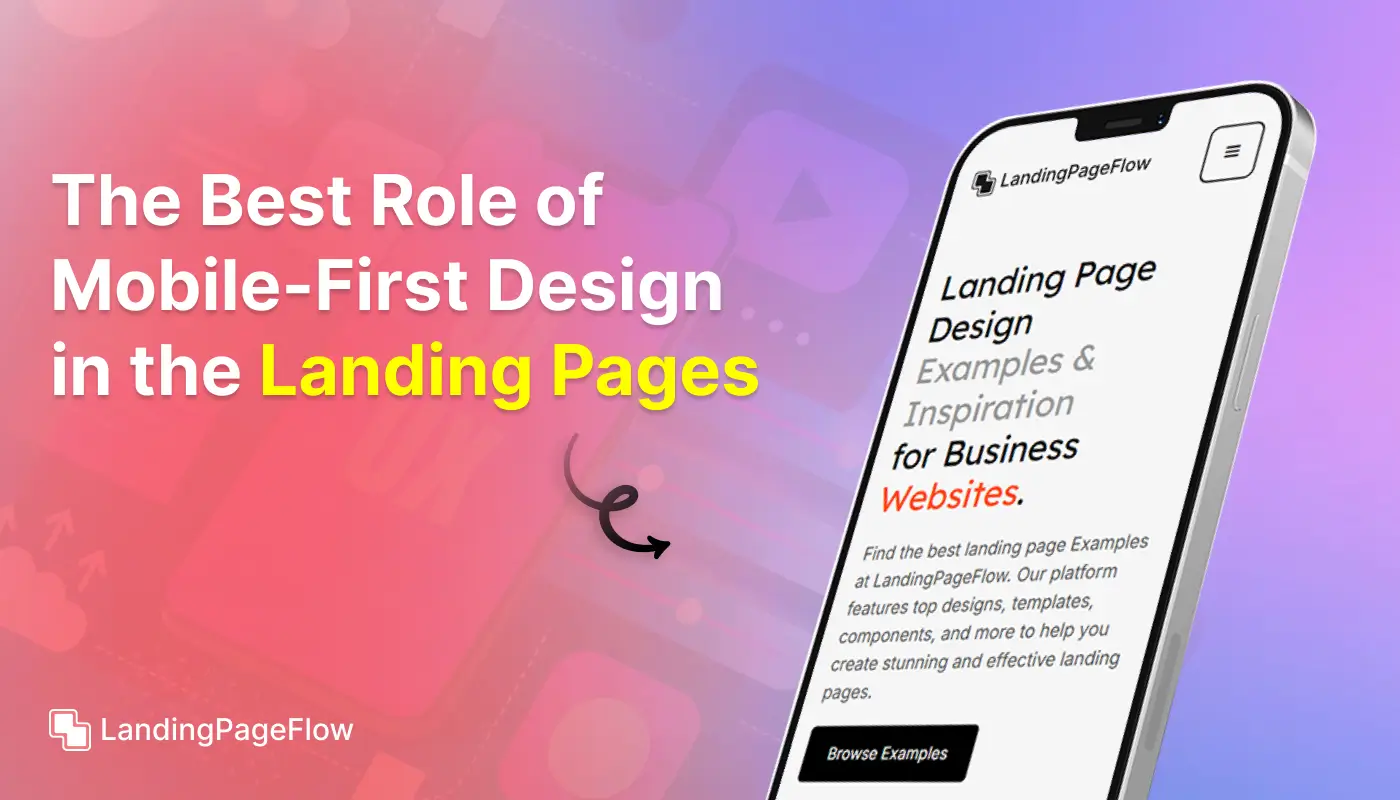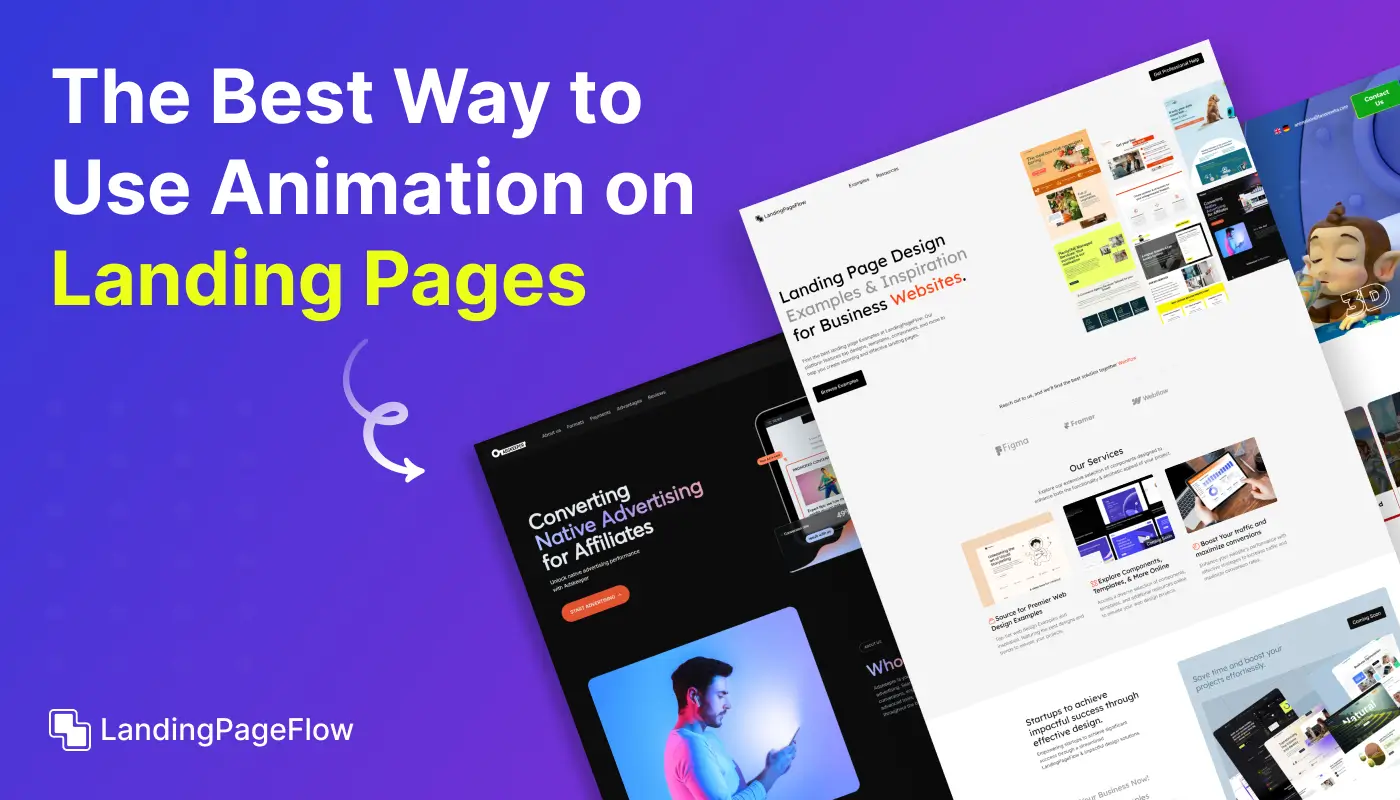How to Design a Winning ERP Landing Page That Drives Results

November 14, 2025
Strong digital performance often begins with the right landing page design. ERP solutions are complex, and your audience needs clarity from the first click.
A carefully structured ERP landing page highlights benefits, simplifies features, and makes it easier for potential clients to understand what you offer.
Design choices should guide users toward trust-building elements such as case studies, testimonials, and streamlined calls-to-action that reinforce credibility.
Engagement rises when visuals, layouts, and messaging are aligned to address pain points and clearly show how the ERP solution solves real challenges.
Audiences expect efficiency, and a confusing landing page can quickly push them away. A focused design increases retention and improves conversion chances.
Attention to detail in layout and content helps businesses connect better, while also supporting lead generation and long-term client relationships.
"Need a proven ERP landing page strategy?
Access your free expert playbook today & learn how to design a page."
Table of Contents
- Understand Your Target Audience
- Define Clear Goals For Your ERP Landing Page
- Create a Compelling Headline and Subheadline
- Simplify Complex Concepts with Clear Messaging
- Highlight Key Features and Benefits
- Incorporate Social Proof to Build Trust
- Use Strong and Strategic CTAs (Calls-to-Action)
- Optimize For Mobile Responsiveness
- Prioritize Fast Loading Speeds
- Test and Optimize Your ERP Landing Page
1. Understand Your Target Audience

Before designing your ERP landing page, understanding your audience is key. You need to know their challenges, needs, and what drives them to seek ERP solutions.
- Buyer Personas: Create detailed personas that outline the key characteristics of your target audience. Consider factors like business size, industry, pain points, and goals.
- Segment Your Audience: Different businesses may have unique requirements. Tailor your messaging and solutions to address the specific needs of small businesses versus large enterprises.
- Identify Pain Points: Understand what specific challenges your ERP system solves—whether it’s improving productivity, reducing costs, or enhancing data accuracy.
2. Define Clear Goals for Your ERP Landing Page

Your landing page should have a clear purpose—whether it's lead generation, demo sign-ups, or encouraging purchases. Defining goals ensures you stay focused on the actions you want your visitors to take.
- Lead Generation Goals: Encourage users to request a demo, trial, or download a guide.
- Conversion Goals: Prompt users to make a purchase, request a quote, or subscribe to newsletters.
- Track Performance: Use KPIs like CTRs, bounce rates, and conversion rates to measure success and refine your landing page.
3. Create a Compelling Headline and Subheadline

The headline is your landing page’s first impression. It should be attention-grabbing, relevant, and align with your audience’s pain points.
- Headline: Address a specific problem your audience faces and offer a solution.
- Subheadline: Provide additional context or explain the benefit further.
- Example: “Transform Your Business Operations with Our Leading ERP Solution.”
4. Simplify Complex Concepts with Clear Messaging

ERP systems are often complex, but your messaging should be simple and easy to understand. Break down key concepts and benefits.
- Avoid Jargon: Use plain language and avoid technical terms that may confuse visitors.
- Visual Aids: Incorporate infographics, bullet points, and step-by-step guides to explain how your ERP system works.
- Emphasize Benefits: Focus on real-world benefits such as efficiency, scalability, and cost reduction.
5. Highlight Key Features and Benefits

Your ERP landing page should showcase unique features and explain their benefits to your audience.
- Feature-Driven Messaging: List key features like real-time analytics, automation, or data integration.
- Benefits Over Features: Clearly state how these features solve specific business problems.
- Example: “Real-Time Analytics: Make data-driven decisions instantly, boosting efficiency and reducing downtime.”
6. Incorporate Social Proof to Build Trust

Social proof plays a crucial role in convincing potential customers. Highlight testimonials, case studies, and reviews to build credibility.
- Testimonials: Showcase feedback from satisfied clients who have benefited from your ERP system.
- Case Studies: Share stories of businesses that achieved measurable results using your ERP solution.
- Trust Signals: Include customer logos, industry awards, or third-party endorsements to boost credibility.
7. Use Strong and Strategic CTAs (Calls-to-Action)
.webp)
Your CTAs guide visitors toward taking the desired action. Place them strategically throughout the page to maximize conversions.
- Clear and Action-Oriented CTAs: Phrases like “Request a Free Demo,” “Sign Up Now,” or “Get Started Today” encourage users to engage.
- Prominent Placement: Ensure CTAs are visible, above the fold, and on high-traffic areas of the page.
- Aligned with Goals: Ensure CTAs match the user’s intent (e.g., demo sign-up for leads, pricing for conversions).
8. Optimize For Mobile Responsiveness

Given the rise in mobile traffic, your ERP landing page must provide a seamless experience across all devices.
- Responsive Design: Ensure your landing page looks and functions well on mobile, with easy-to-click buttons and forms.
- User-Friendly Navigation: Simplify layout and design for smaller screens to ensure usability.
9. Prioritize Fast Loading Speeds

Page load speed is a crucial factor that impacts user experience and conversion rates.
- Optimized Images and Assets: Use lightweight, compressed images and assets to enhance performance.
- Minimal Design Elements: Reduce unnecessary design elements that could slow down page load times.
- Monitor Performance: Use tools like Google PageSpeed Insights to identify and fix any speed issues.
10. Test and Optimize Your ERP Landing Page

Continuous testing and optimization are essential for improving page performance.
- A/B Testing: Experiment with different headlines, CTAs, layouts, and designs to see what works best.
- Analytics Tracking: Monitor user behavior, bounce rates, and conversion rates to identify areas for improvement.
- Iterative Improvements: Refine your landing page based on feedback and data to ensure ongoing optimization.
Conclusion
Creating a winning ERP landing page is about blending design, strategy, and audience psychology. Each element should build confidence and reduce hesitation.
Businesses that invest in well-designed landing pages often see stronger lead quality and improved conversion performance over time.
Every section, from headline to final CTA, should guide users naturally, making the decision to engage with your ERP solution effortless. A landing page should not just capture interest, but also nurture it, turning first-time visitors into long-term clients.
Focusing on clarity and usability ensures that prospects remain engaged and confident in choosing your ERP solution. Ultimately, the right landing page design is the difference between lost opportunities and measurable business growth.

FAQ
1. Why is an ERP landing page different from a general landing page?
ERP landing pages are designed to explain complex solutions in a simple, engaging way while driving targeted conversions from a specific audience.
2. What key elements should every ERP landing page include?
Essential elements are clear headlines, benefit-focused copy, visuals, trust signals, and strong calls-to-action that guide users toward conversion.
3. How long should my ERP landing page be?
The length depends on your audience. ERP solutions often require more detail, so a balance of concise benefits and in-depth explanations works best.
4. Can design really impact ERP conversions?
Yes, a well-designed page improves clarity, reduces friction, and highlights value. These factors significantly increase engagement and conversions.
5. How can I build trust on an ERP landing page?
Use client testimonials, industry recognition, certifications, and detailed case studies. These elements reassure visitors and build confidence.
6. Should ERP landing pages be mobile-friendly?
Absolutely. A large share of traffic comes from mobile devices, so responsive design ensures accessibility and improves conversion rates across platforms.



















